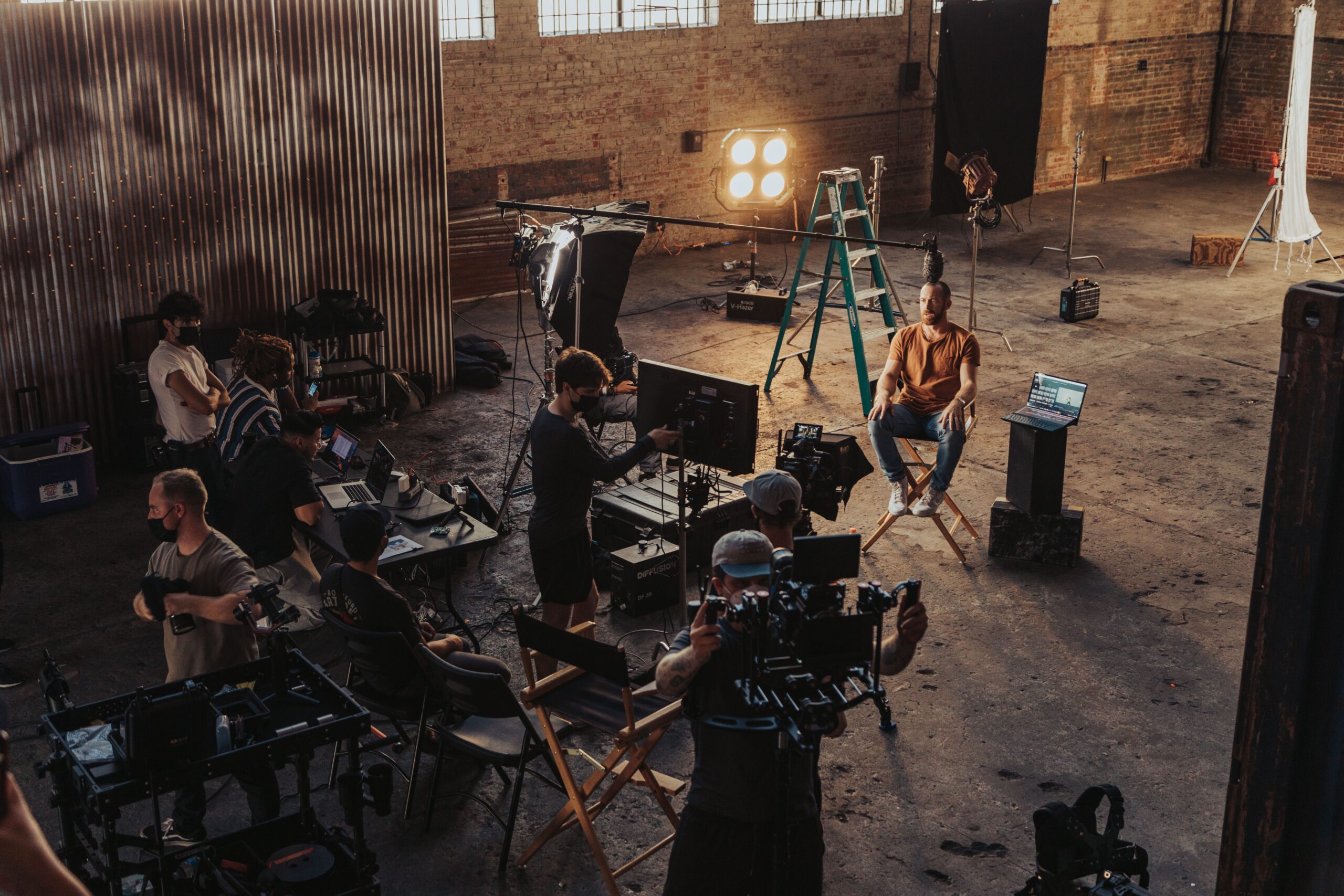I have often wondered if it is necessary for team members to be friends to forge a successful, high performing work team. Stanford researchers Priyanka Carr and Gregory Walton found that simply feeling like we’re working as part of a team makes us more motivated to persevere in difficult tasks. Across five experiments, participants who thought they were solving a puzzle with others worked on it 48% longer than those who thought they were on their own.
In 2011, Fierce, Inc. surveyed more than 1,400 executives and employees, and 86% said that workplace failures can be attributed to a lack of collaboration or ineffective communication.
At TAQ, we work with clients extensively on putting in place processes for better communication and collaboration, and this question often comes up for discussion. The drive to bond as Nitin Nohria says is a major motivator for people at work. But what if a team does not have the opportunity to bond, or diversity is so high that personal interests run in very different directions?
A recent experience gave me the chance to reflect further on this.
I was on a film set recently. It was a one day shoot. There were different departments – art, light, sound and camera. Each of these departments had multiple people who had never worked with the people from other departments. They knew their job, but they hadn’t bonded or even known the names of one another. They were together on location – to make a film – in one day. A collaborative job like filmmaking needs people to communicate well and flow – there is no time for mistakes and there is a lot at stake.
What, then, helped us achieve our goal? As an actor on set that day, I had a ringside seat to observe the team at work, and I recorded some of my observations:
- Role clarity
Each person on set, from the lights person to spot dada, everyone knew what they were doing. These were experts who had good experience, and hence knew what was expected of them. They were well acquainted with the vocabulary of the film world. In a business situation also, people need to be clear about their job and key result areas.
- Knowing what to expect from others
In addition to knowing their jobs, they also knew the other departments’ job and their scope of contribution. They were not functioning in silos. Experts in their field and had good knowledge of the other departments as well. In a business environment also it might be worthwhile for people to learn about each other’s roles not so much to set limits to what they can do, but to be able to work seamlessly.
- Doing the homework
Since it was a short duration shoot, everyone was ready with their pre-work, and had done the recce. Preparation reduces room for errors, and this holds true even in a business situation. Each team member brings to the table their skills and talent. In fact, in a Google study on team effectiveness, they found that a major contributor to trust in a team was the ability to rely on team members to deliver quality work on time!
- Seeing the bigger picture
We had a common objective – to complete the shoot in given time. And everyone was clear on what that involved – the number of scenes to be shot, the duration of the shoot, the resources at hand, and the script to be followed.There are many ways to get people aligned on the vision. In theatre groups that I have been a part of, often much time is spent co-creating the vision itself. But in this case, the vision was held by one or two people such as the director and it was a team of experts that aligned quickly around it – much like a medical team where a quick few questions around a patient’s vitals gives the team enough information to act. The goal was understood in the same way by everyone.
Leaders often organise off-sites, and drinking nights for their employees to help them gel with each other. No doubt, getting to know each other may open channels of communication. Also, the context for a team working consistently together over multiple assignments might be a bit different. But if you need to quickly synergise to deliver a project, consider which of these four points need reinforcing to move the team towards success!
